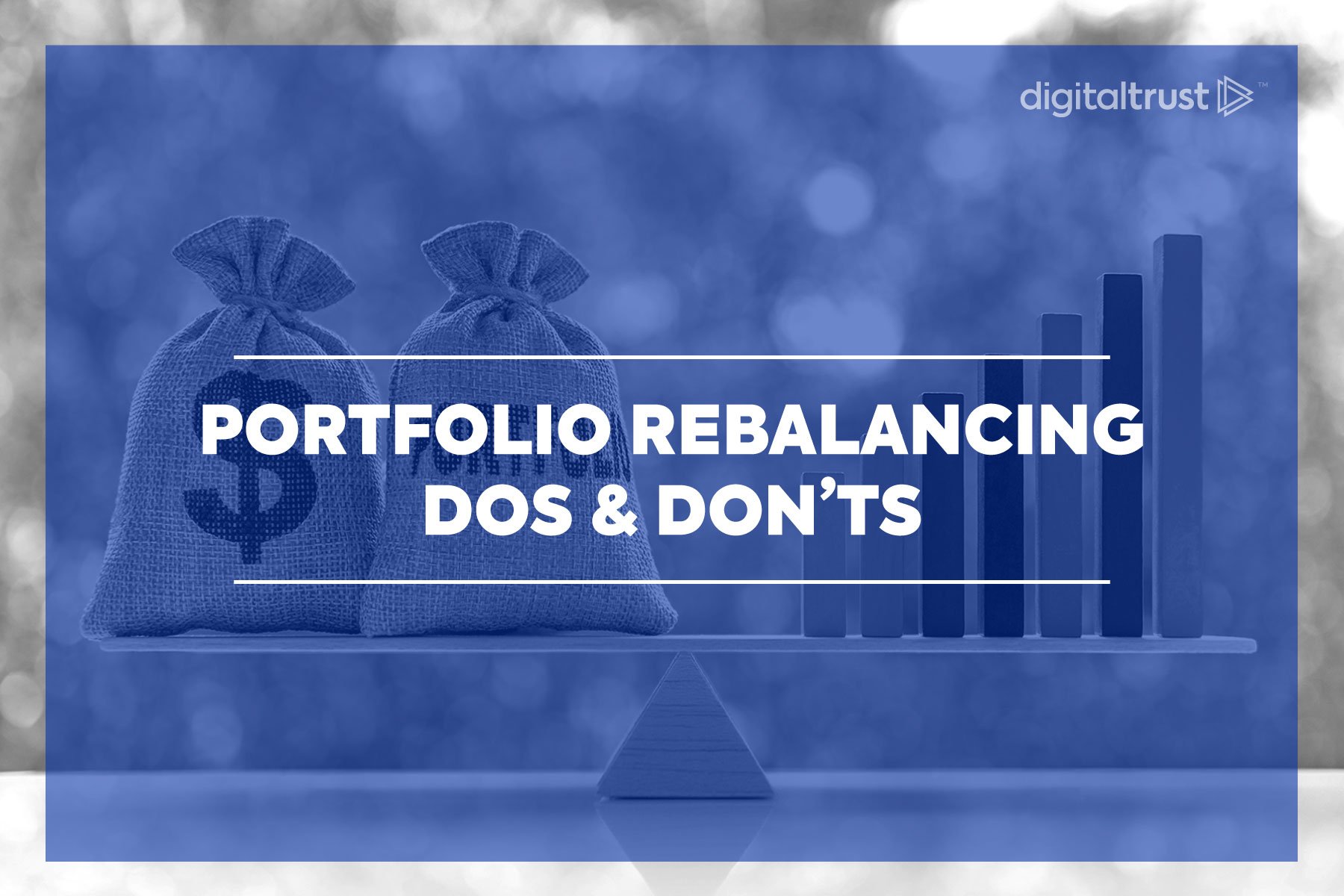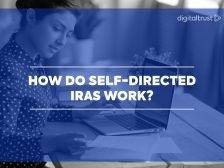Building a portfolio over time takes patience, interest, and investment knowledge. But letting it sit could mean missing out on opportunities to take advantage of better returns with different allocations. The longevity of an overall investment hinges on understanding what is a risk profile and personal portfolio balancing strategies.
What is Portfolio Rebalancing?
Portfolio rebalancing is essentially the act of moving money from one investment to another to implement a strategy within the portfolio. ETFs, mutual funds, institutions, and more tend to rebalance on a regular schedule; while this typically happens on a quarterly basis, sometimes they don’t rebalance for a longer period than that.
Portfolio Rebalancing Don’t: Don’t rebalance a portfolio too often. Moving assets around every time an account is opened can be detrimental for returns. Typically, it is recommended for one to make a reasonable timeline for premeditated rebalancing (depending on your investments) and only to make one when implementing a strategy requires it.
Portfolio Rebalancing Do: Create a strategy for investing and rebalancing. Then, stick to it.
Portfolio Rebalancing Strategies
A rebalancing strategy should be based on the amount of risk an investor is willing to take. Commonly, investors below the age of 50 have time to take on more risk while those closer to or in retirement pare their risk back.
There are many ways to assess and mitigate risk in a portfolio. For example, many portfolios include stocks or asset risk. The best way to mitigate asset risk is to diversify the stock portfolio. This way, someone with a higher risk portfolio may hold stocks in a consolidated industry, while someone with lower risk parameters holds stock in multiple sectors.
The difference between risk tolerance levels is that investors are allowed different risk types, which have an array of strategies for asset purchases. After you figure out your risk tolerance, your next step is to construct an investing strategy. It’s best for this strategy to include a plan for choosing assets as well as a plan for when to exit them.
Let’s say that a long-term strategy is to pare back risk allocations over several years; this means that the portfolio rebalancing strategy is clear. However, an alternate rebalancing strategy could be to move a percentage of money from riskier assets, like stocks, into safer assets, like money market accounts. Another potential option would be for an investor to also diversify a portfolio continuously over time to reduce risk by distributing money into different alternate investment options or across various mutual funds.
Portfolio Rebalancing Do: Diversify a portfolio by investing across industries and products that follow a risk schedule. Consider alternate investment options, such as cryptocurrency, real estate, private equity, and precious metals.
Meanwhile, some industry experts recommend checking on the state of investments quarterly or every two to three months to identify individual assets that might be impeding goals. Doing this may help to mitigate risks by executing unplanned maneuvers that don’t follow an intentional investment strategy.
Portfolio Rebalancing Don’t: Do your best to not become complacent, as this may result in missed prime opportunities for securing a healthy financial future.
The Importance of Rebalancing a Portfolio
Rebalancing a portfolio is one of the best ways for investors to achieve investment goals over time.
Portfolio Rebalancing Dos:
- Create and stick to an investment and rebalancing strategy
- Only take on the amount of risk appropriate to your means
- Diversify a portfolio to mitigate risk
- Learn about the products in a portfolio
Portfolio Rebalancing Don’ts:
- Don’t rebalance too often
- Don’t become complacent with investments or investing strategies
- Don’t take on more or less risk than is appropriate for you
Digital Trust offers a variety of retirement account investing options, including alternative investments. Our platform offers investors access to a wide array of investment options for self-directed IRAs, including real estate, stocks, mutual funds and cryptocurrencies. Digital Trust is the one-stop-shop that gives self-directed and professional investors endless opportunities.
Looking to learn more? Check out our Frequently Asked Questions page.



